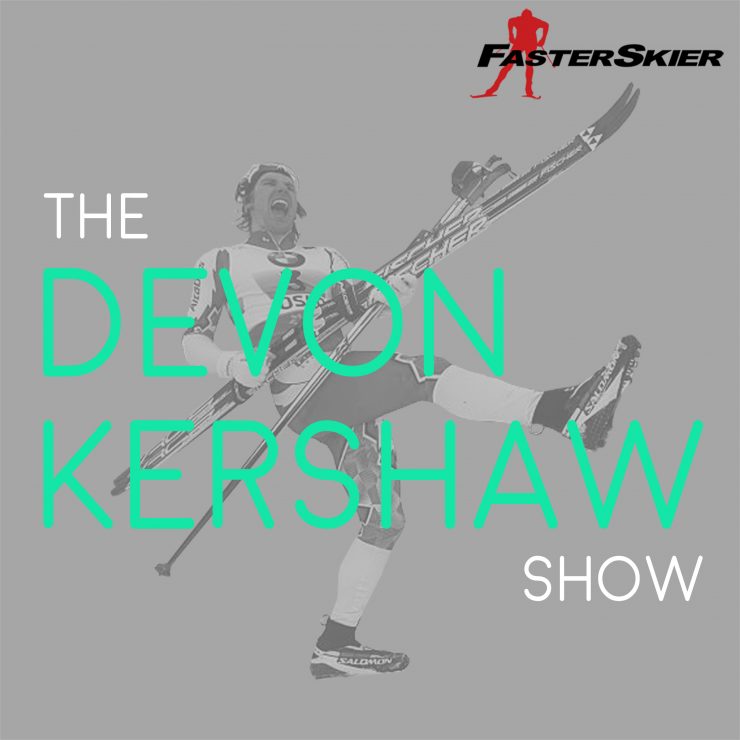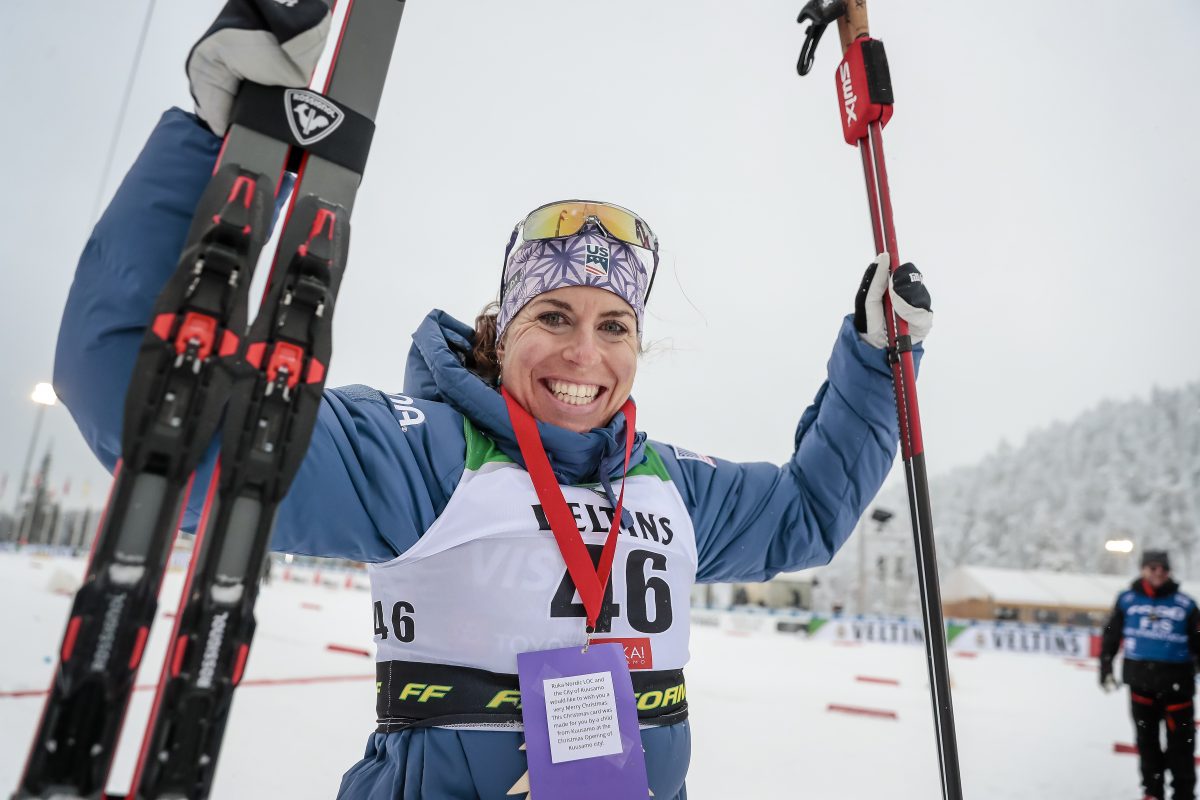The Wasatch Mountains just outside Salt Lake City are unique in many ways. The Wasatch is not a large mountain range, most parts of it can be traversed in a few hours or less. However, it is steep, rugged and beautiful — in all seasons. The most unique is its location, its closeness to the metropolitan Salt Lake. It is everyone’s backyard, to enjoy, play and challenge.
One of the mountain’s “man-made” challenges is the Wasatch Overland event. This one of a kind event has been around for over 25 years, and has become a favorite challenge for many of the local skiers and snowshoers, including a nice blend of the lycra clad track enthusiasts and the seasoned backcountry or telemark experts. Through the years the event has changed route a few times, mostly due to permit issues, since it crosses public roads and ski resorts. However, the last few years it has found its course and format — a crazy blend of running, vertical uphill skiing, high-speed resort descent and a finish across groomed Nordic trails.
I have participated a few times, more so after I stopped worrying that broken limbs would limit my Olympic ski racing. This year I barely made it, after arriving home from out of state work the night before the event. I therefore did not have time to pre-view the most difficult part of the course, the “pick your route” ascent up to the crest. Showing up at registration an hour before the start of the event, I was glad to see my long time friend Gordon, and his great support crew of Lori, Lea and Wyatt. “Gordon, how are you!” I blurted out. “Great”, he said with his dry sense of humor, “until you showed up”. Gordon obviously wanted to end his 2-year succession of second place finishes, and he knew I would give him a challenge.
I had not raced for 3 years, and got Gordon to drive up the road to take a quick peak at the snow-depth and the first part of the ski-able course. At this point in the race, there are three options:
1) you take the shortest route across and up a steep gully, needing to take the skis off and walk/run up the steepest part
2) you take the longest route around the gully on a snowmobile groomed road, usually smooth enough to skate on
3) you find another route somewhere in between, where you can either skin up or power yourself up on waxed skis
We got back just in time to do our final ski preparation and walk across the Brighton parking lot to the start. I had brought my old classical race skis, once used in the 1994 Olympic Games. Both Gordon and I had waxed with binder and several layers of hard wax from heel to tip. I put on and corked in one extra layer of wax, I needed to have solid grip going up the steep part. I had already decided on a strategy.
After a few sentences from the race organizer, the gun went off. More than 150 of us took off down the road with skis, poles, snowshoes or 4-year olds in backpacks. The incoming cars with resort skiers could do nothing other than stop and watch for a few minutes while we blocked the road running or sliding in our ski boots. The running leg is almost a mile, over half of it at a good incline — I started hard, wanting to get a good lead before skiing such that no one would learn my route up the hill.
Putting my skis on after the 6-minute run, my legs were already shaking — yes, we were at 8500 feet altitude, and were just about to climb up another 600. I skied across to my “secret” trail, started herringboning up the steepest part, then side-stepping — wow was it steep! At least I had some of use of my poles, which were the longest ones I could find in my garage. Finally up the steepest part, I was able to put my skis straight again, and start diagonal skiing along the faint ski trail. Soon the trail brought me out onto to the summer road out towards Scott’s Pass, the crest of the course. The worst part is over, I thought, can’t wait for downhill part! Normally the snow is so deep and soft that the ski poles sink down below your waist. This year the low snow conditions at least made it possible to get an efficient pole push and the ridge above the Park City Mountain Resort came up faster than expected.
At this point you normally traverse the first 2-300 yards down the steep slope in deep powder or partial crust — which is not easy on skinny classical race skis. Surprisingly this year the resort had groomed a trail all the way up to the ridge, making it much easier. However, with wobbly legs after the long climb, it is never real easy. My race skis were going too fast for my legs, and soon I was on my back, sliding down trying to keep my skis and poles up in the air. Turning myself around, I decided to stop speed skiing straight and start parallel turning or making Christy turns. I still passed a couple of early bird snowboarders down the green and blue alpine runs, which seemed to go on forever. My legs started aching from sitting in a tuck for so long, but finally the course turned into Thaynes canyon, which would soon bottom out. A quick turn around a gate, a short uphill, a screechy downhill and road crossing on partly gravel brought the course onto the final _ mile of groomed trails at White Pine Touring Center.
I had now finish running about 1 mile, ascended 600 feet in elevation, descended 2400 vertical feet for an overall distance of 12 km (about 7 miles). As I passed the finish line, I heard 32 minutes 46 seconds being announced. “Must be close to the record” I thought, “almost perfect conditions”. The organizers, Wasatch Touring and White Pine Touring, later announced that the record set back in 1986 had been broken.
Gordon ended up 2nd again.



